Infocom was an American software company based in Cambridge, Massachusetts, that produced numerous works of interactive fiction. They also produced a business application, a relational database called Cornerstone.
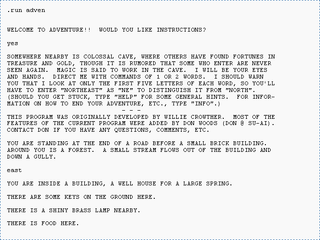
Interactive fiction, often abbreviated IF, is software simulating environments in which players use text commands to control characters and influence the environment. Works in this form can be understood as literary narratives, either in the form of interactive narratives or interactive narrations. These works can also be understood as a form of video game, either in the form of an adventure game or role-playing game. In common usage, the term refers to text adventures, a type of adventure game where the entire interface can be "text-only", however, graphic text adventures still fall under the text adventure category if the main way to interact with the game is by typing text. Some users of the term distinguish between interactive fiction, known as "Puzzle-free", that focuses on narrative, and "text adventures" that focus on puzzles.
In computing, Xyzzy is sometimes used as a metasyntactic variable or as a video game cheat code. Xyzzy comes from the Colossal Cave Adventure computer game, where it is the first "magic string" that most players encounter.

Zork is a text-based adventure game first released in 1977 by developers Tim Anderson, Marc Blank, Bruce Daniels, and Dave Lebling for the PDP-10 mainframe computer. The original developers and others, as the company Infocom, expanded and split the game into three titles—Zork I: The Great Underground Empire, Zork II: The Wizard of Frobozz, and Zork III: The Dungeon Master—which were released commercially for a range of personal computers beginning in 1980. In Zork, the player explores the abandoned Great Underground Empire in search of treasure. The player moves between the game's hundreds of locations and interacts with objects by typing commands in natural language that the game interprets. The program acts as a narrator, describing the player's location and the results of the player's commands. It has been described as the most famous piece of interactive fiction.
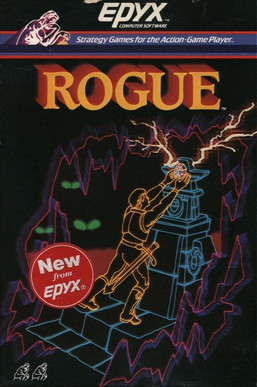
Rogue is a dungeon crawling video game by Michael Toy and Glenn Wichman with later contributions by Ken Arnold. Rogue was originally developed around 1980 for Unix-based minicomputer systems as a freely distributed executable. It was later included in the Berkeley Software Distribution 4.2 operating system (4.2BSD). Commercial ports of the game for a range of personal computers were made by Toy, Wichman, and Jon Lane under the company A.I. Design and financially supported by the Epyx software publishers. Additional ports to modern systems have been made since by other parties using the game's now-open source code.

Colossal Cave Adventure is a text-based adventure game, released in 1976 by developer Will Crowther for the PDP-10 mainframe computer. It was expanded upon in 1977 by Don Woods. In the game, the player explores a cave system rumored to be filled with treasure and gold. The game is composed of dozens of locations, and the player moves between these locations and interacts with objects in them by typing one- or two-word commands which are interpreted by the game's natural language input system. The program acts as a narrator, describing the player's location and the results of the player's attempted actions. It is the first well-known example of interactive fiction, as well as the first well-known adventure game, for which it was also the namesake.
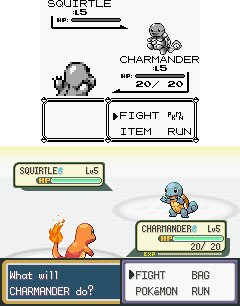
A video game remake is a video game closely adapted from an earlier title, usually for the purpose of modernizing a game with updated graphics for newer hardware and gameplay for contemporary audiences. Typically, a remake of such game software shares essentially the same title, fundamental gameplay concepts, and core story elements of the original game, although some aspects of the original game may have been changed for the remake.

William Crowther is an American computer programmer, caver, and rock climber. He is the co-creator of Colossal Cave Adventure from 1975 onward, a seminal computer game that influenced the first decade of video game design and inspired the text adventure game genre.

Adventure is a video game developed by Warren Robinett for the Atari Video Computer System and released in 1980 by Atari, Inc. The player controls a square avatar whose quest is to explore an open-ended environment to find a magical chalice and return it to the golden castle. The game world is populated by roaming enemies: three dragons that can eat the avatar and a bat that randomly steals and hides items around the game world. Adventure introduced new elements to console games, including enemies that continue to move when offscreen.
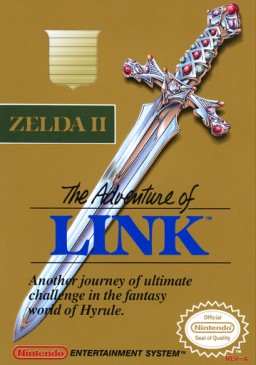
Zelda II: The Adventure of Link is an action role-playing video game with platforming elements developed and published by Nintendo. It is the second installment in the Legend of Zelda series and was released in Japan for the Famicom Disk System on January 14, 1987—less than one year after the Japanese release and seven months before the North American release of the original The Legend of Zelda. Zelda II was released in North America and the PAL region for the Nintendo Entertainment System in late 1988, almost two years after its initial release in Japan.
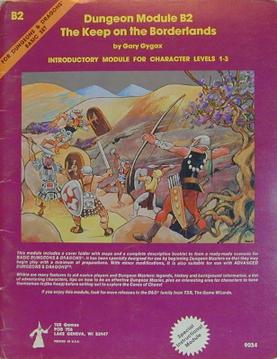
The Keep on the Borderlands is a Dungeons & Dragons adventure module by Gary Gygax, first printed in December 1979. In it, player characters are based at a keep and investigate a nearby series of caves that are filled with a variety of monsters. It was designed to be used with the Dungeons & Dragons Basic Set, and was included in the 1979–1982 editions of the Basic Set. It was designed for people new to Dungeons & Dragons.
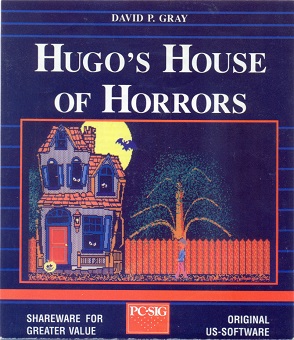
Hugo's House of Horrors is a parser-based adventure game designed by independent software developer David P. Gray and published as shareware by Gray Design Associates in 1990. The game follows the character Hugo as he searches for his girlfriend Penelope in a haunted house. The player inputs text commands to solve puzzles and progress through the house. It was inspired by Leisure Suit Larry in the Land of the Lounge Lizards, and it was followed by Hugo II, Whodunit? in 1991.

Mystery House is an adventure game released by On-Line Systems in 1980. It was designed, written and illustrated by Roberta Williams, and programmed by Ken Williams for the Apple II. Mystery House is the first graphical adventure game and the first game produced by On-Line Systems, the company which would evolve into Sierra On-Line. It is one of the earliest horror video games.
A video game with nonlinear gameplay presents players with challenges that can be completed in a number of different sequences. Each player may take on only some of the challenges possible, and the same challenges may be played in a different order. Conversely, a video game with linear gameplay will confront a player with a fixed sequence of challenges: every player faces every challenge and has to overcome them in the same order.
A text game or text-based game is an electronic game that uses a text-based user interface, that is, the user interface employs a set of encodable characters, such as ASCII, instead of bitmap or vector graphics.
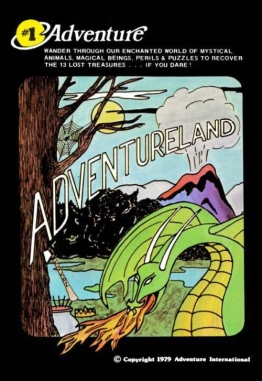
Adventureland is the first text adventure video game for microcomputers, released by Scott Adams in 1978. The game involves searching for thirteen lost artifacts in a fantasy setting. Its success led Adams to form Adventure International, which went on to publish thirteen similar games in the Adventure series, each in different settings.
An adventure game is a video game genre in which the player assumes the role of a protagonist in an interactive story, driven by exploration and/or puzzle-solving. The genre's focus on story allows it to draw heavily from other narrative-based media, such as literature and film, encompassing a wide variety of genres. Most adventure games are designed for a single player, since the emphasis on story and character makes multiplayer design difficult. Colossal Cave Adventure is identified by Rick Adams as the first such adventure game, first released in 1976, while other notable adventure game series include Zork, King's Quest, Monkey Island, Syberia, and Myst.

Get Lamp is a documentary about interactive fiction filmed by computer historian Jason Scott of textfiles.com. Scott conducted the interviews between February 2006 and February 2008, and the documentary was released in July 2010.
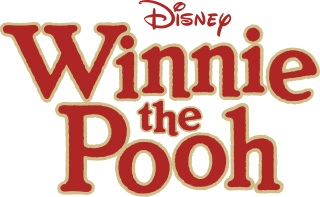
Winnie the Pooh is a media franchise produced by The Walt Disney Company, based on A. A. Milne and E. H. Shepard's stories featuring Winnie-the-Pooh. It started in 1966 with the theatrical release of the short Winnie the Pooh and the Honey Tree.

Microsoft Adventure is a 1979 interactive fiction game from Microsoft, based on the PDP-10 mainframe game Colossal Cave Adventure, and released for the TRS-80, Apple II, and later for the IBM PC. It was programmed for the company by Gordon Letwin of Softwin Associates.














